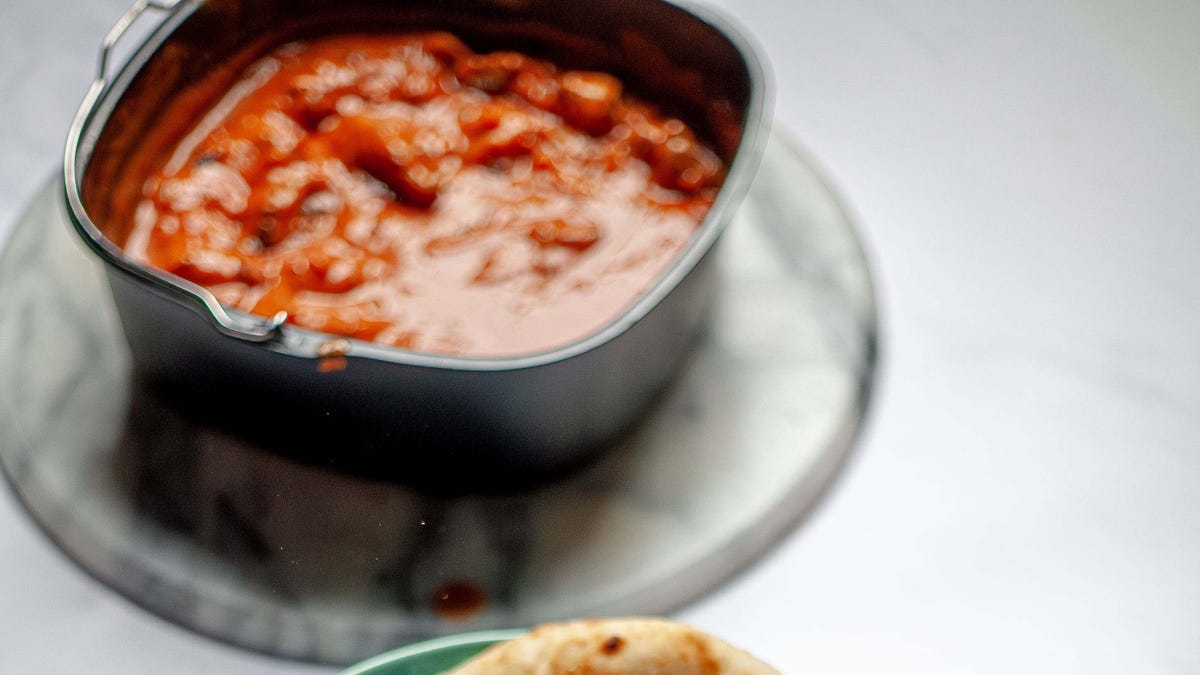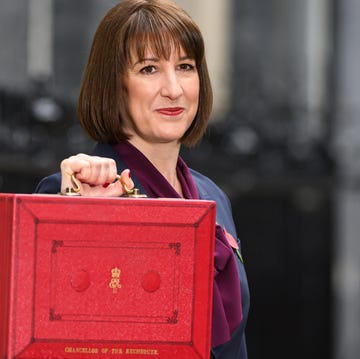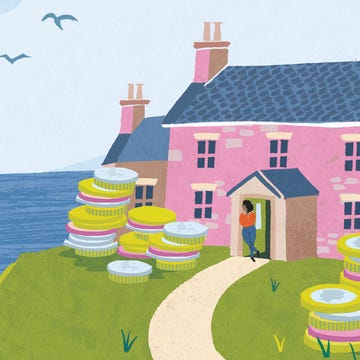After a rollercoaster few years for property owners - and potential buyers - it seems that things are finally settling down. House prices are starting to rise once again, while mortgages are coming down, thanks to the Bank of England's recent decision to cut interest rates from 5.25% to 5%.
It's a long way off from the record lows of 0.1% during the pandemic, but with the return of financial and political stability - for now at least - house buyers and sellers feel they can move with confidence.
What's happening to mortgage rates?
According to the Homeowners Alliance, the average 2 year fixed mortgage rate was 4.59% on 31 July 2024. While this is a big drop from its July 23 peak of 6.86%, it’s still much higher than December 21 when it was 2.34%.
While inflation saw a slight increase mid-August, from 2% up to 2.2%, experts said that this shouldn't derail the trend of cheaper mortgages.
David Hollingworth, Associate Director at L&C Mortgages said: "An increase in the rate of inflation, departing from the Bank of England’s target rate of 2% is never going to be good news. However, a slight rise was expected and the tick up to 2.2% in July is a little less than many had expected.
He added: "Mortgage borrowers have been buoyed by the base rate cut at the beginning of August. Mortgage rates had already been edging down but the Bank’s cut came earlier than many had expected and has helped to drive down costs for lenders. In a cutthroat market rates have already tumbled further with a clutch of big lenders now offering 5-year fixed rates below 4%, levels not seen since much earlier in the year.
That direction of travel is unlikely to be disturbed by reaction to today’s news and the market will have been well prepared for an increase. Instead, we’re likely to see continued and frequent movements in mortgage rates, as lenders continue to adjust and improve where they can."
How about house prices?
The latest House Price Index and Price Index of Private Rents (PIPR) showed that average UK house prices increased by 2.7%, to £288,000, in the 12 months to June 2024, while figures from the Nationwide and Halifax were broadly in agreement.
Nationwide House Price Index showed that UK house prices rose by 0.3% in July and are up 2.1% in a year, the fastest rate of growth since December 2022. House prices are now 2.8% below the all-time highs reached in summer 2022 with the average house price £266,334. A typical first-time buyer on the average pay now spends 37% of their wage on the mortgage, compared with 28% before Covid.
According to the Halifax, house prices rose 0.8% in a July, up from a fall of 0.2% in June, meaning a jump of 2.3% in a year, the strongest growth since January. The bank's own figures showed that the average house now costs £291,268 – up £2,226 in a month, with the North West region seeing the strongest growth in England, up 4.1%.
Sarah Coles, head of personal finance, Hargreaves Lansdown, says: "The property market warmed up a little this month, delivering its fastest annual growth in over 18 months. Prices are very gradually closing in on the all-time highs of two years ago, and there’s cautious optimism seeping into the bones of the market.
"Let’s not get carried away though. Prices are hardly shooting up, and properties aren’t flying off the shelves. The number of mortgages approved for purchases in the next couple of months is still 10% below the typical rate before the pandemic, so we’re not going to see anything dramatic in the immediate future.
However, notes Sarah, there are some positive signs. "In July, the banks started to price in a better chance of a rate cut in August and we saw average 2-year fixed rate mortgage deals fall from 5.97% to 5.78%, according to Moneyfacts. Rates under 4% began to emerge for the first time in a long time."
Alice Haine, Personal Finance Analyst at Bestinvest by Evelyn Partners, the wealth manager, says: "The housing market is exhibiting signs of a resurgence following its rocky ride in 2023 when high borrowing costs and low supply stifled activity. The number of sales agreed in the four weeks to July 21st jumped 16% on the same period a year ago, according to Zoopla. This follows a strong run in the first half of the year and agents now find themselves with the highest number of homes on their books in six years - a sign that sellers are returning to the market in droves in the hope of securing a good deal."
What's happening with Stamp Duty?
Stamp Duty thresholds were increased last September as part of the mini-budget will remain the same until at least 31 March 2025. If you’re buying a home in England or Northern Ireland, you don’t pay Stamp Duty on the first £250,000 of the property. For the part of the purchase price above the threshold, unless you qualify for first time buyers relief, you will pay a percentage rate of Stamp Duty. For instance, between £250,000 and £925,000, you’ll pay 5% tax, between £925,000 and £1.5 million you'll pay 10% tax and for properties above £1.5 million it's 12% tax.
For first-time buyers, you don't have to pay any stamp duty on the first £425,000 of the property (but the property you're buying has to cost £625,000 or less).
The thresholds and rates are different in Scotland and Wales. To find out about the Land Transaction Tax in Wales visit gov.wales and for Scotland it's revenue.scot.
As an easy guide, use MoneyHelper’s Stamp Duty calculator to find out how much tax you’d have to pay on the purchase of a property.















